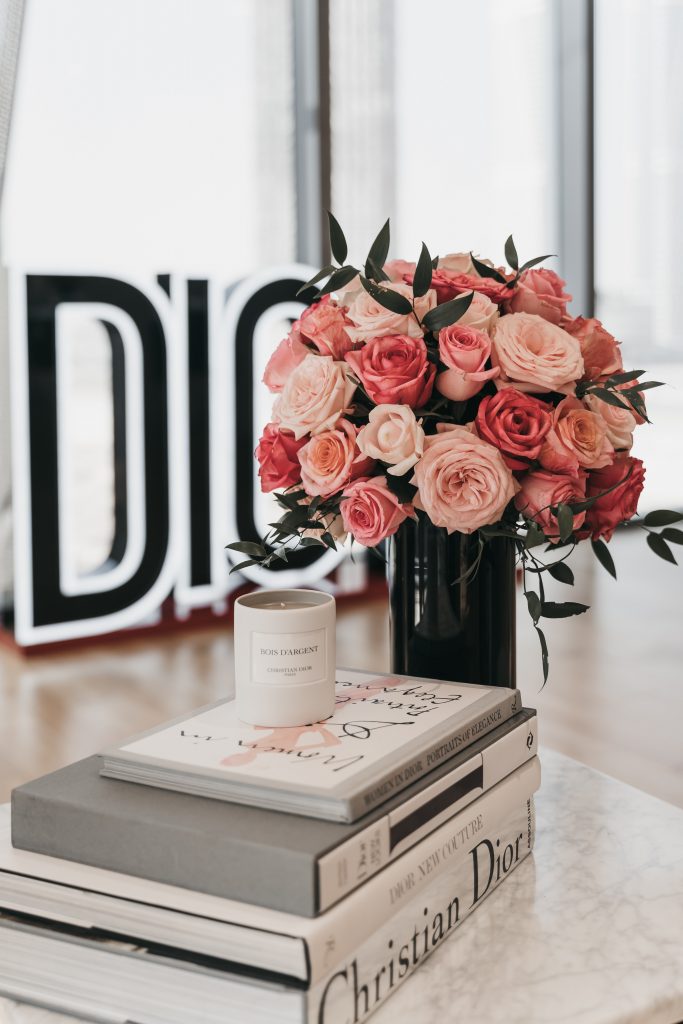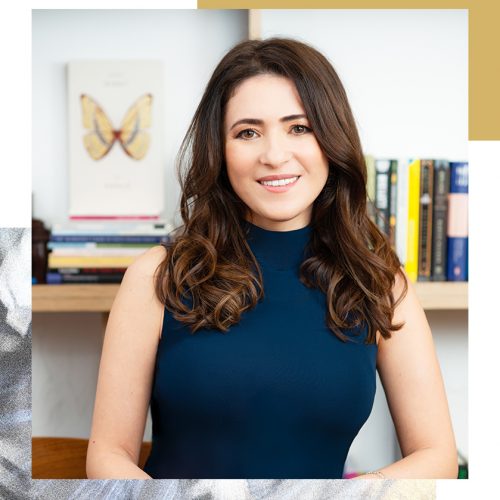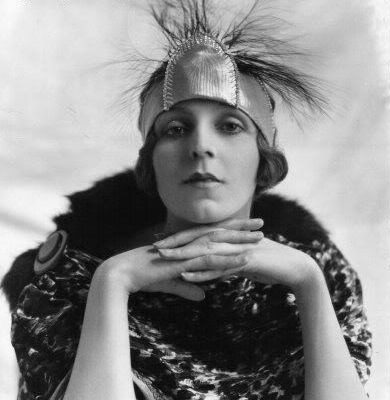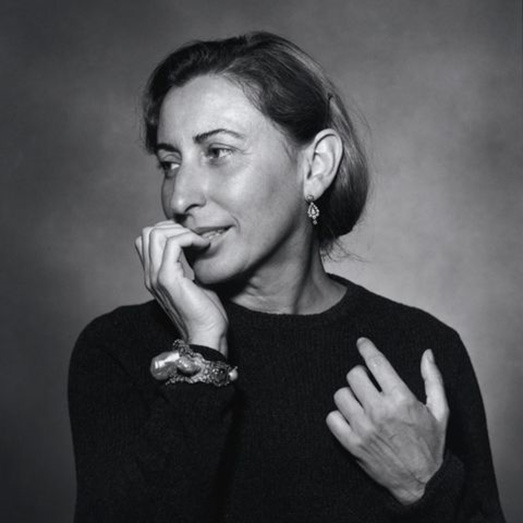One of the most valuable books I have had the chance of recently reading is “Christian Dior Talking About Fashion” by Elie Rabourdin and Alice Chavane, published in 1954. My husband gifted this book’s first edition to me for my birthday, and I have re-read it several times since. There are some valuable insights into the mind of Christian Dior himself, and what I found interesting is that his valuable advice rings true today.
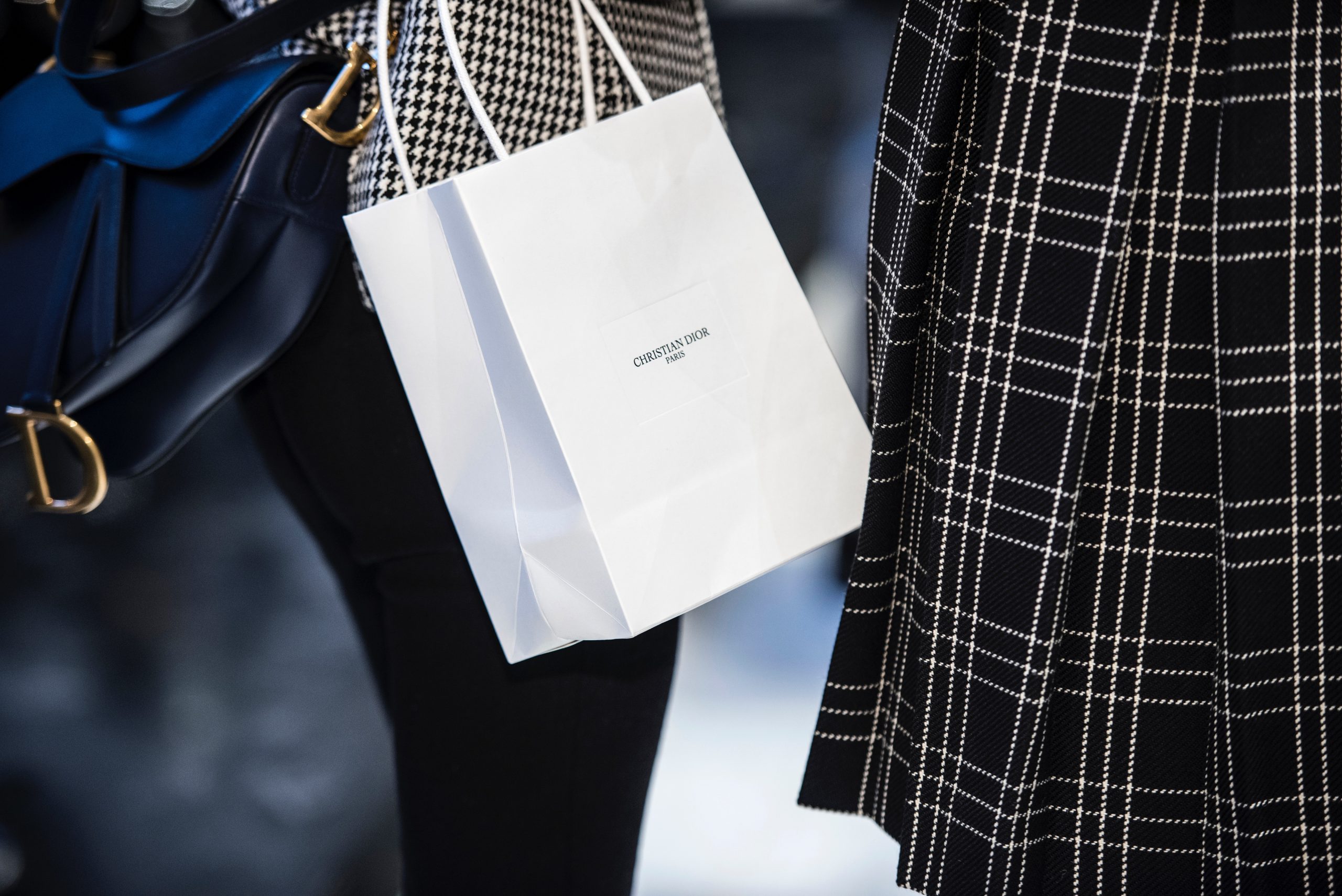
On dream and inspiration:
The seasons determine the rhythm of nature; the new dresses must bloom just as naturally as the blossoms on the apple tree, but unlike what happens in nature, we have to think of winter when it’s still spring, and of summer just when it is starting to get cold. But this soon becomes second nature to us. For fashion comes from a dream and the dream is an escape from reality.
….
Works of art can be inspirational to a designer. They don’t really help me find a silhouette but they satisfy me and give me confidence. I like to find their echo in what I do. Everything created by human hands expresses something – above all the personality of the creator.
On fashion as business:
We have to take every precaution to avoid being copied, because a fashion house is not only a world of fantasy; above all it is a business. It has to manage and keep accounts. Behind all the frills and furbelows are figures that talk.
It is a good thing that as long as inspiration rules the design studio, mathematical figures have to rule the establishment.
A collection made without a preconceived plan would end in disorder and lose all contact with real life. I distrust too much freedom and I am afraid of lawlessness, which is often sterile. A painter may risk only his canvas and his beefsteak, but I am going to be risking the livelihood of 900 people if I made an unbalanced collection….
The idea of a designer who twists and tears yards of fabric for his own pleasure is a legend…I have to strike a balance between my own imagination and successful financial projection. I owe something to the workers and embroiderers. I have a great establishment to keep up. I have young people to encourage, and embroiderers whose work I cannot give up. And the laces, brocades, and prints!
Behind all of them are workers, industries, whole cities that rely on the designer.
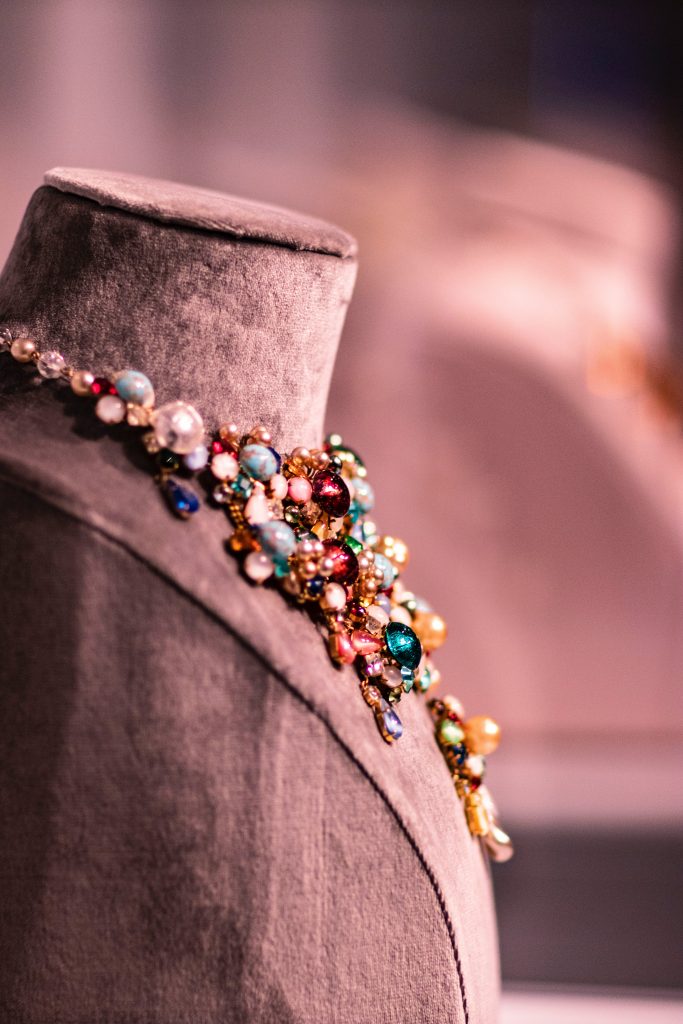
On collaborators and suppliers:
The dress designer must find collaborators capable of patient, painstaking research and full of energy. For example, one day during a journey through Switzerland I said to Mme Brossin de Mere, “How I should like you to be able to make a material like those roofs!” (The scalloped slate roofs of St. Gallen).
Three months later she brought to me marvelous embroidered organdie reproducing the roofs, which I had liked so much.
Another time, when we were both recalling the spring, alive with the flight of insects, brilliant with gay colour, those variegated fabrics inspired by butterfly wings resulted from the conversation…. Remember that this collaboration happens but occasionally. Most fabrics spring naturally from the inventiveness of a technician who knows how to foresee what I want or how to challenge me. Fabric not only expresses a designer’s dreams but also stimulates his own ideas. It can be the beginning of an inspiration. Many a dress of mine is born of the fabric alone.
On hope:
I think of my profession as a battle against the mediocre and demoralizing elements of the times. It is always easy to lose heart. My simple duty is not to give in, to set an example, to create in spite of everything.
